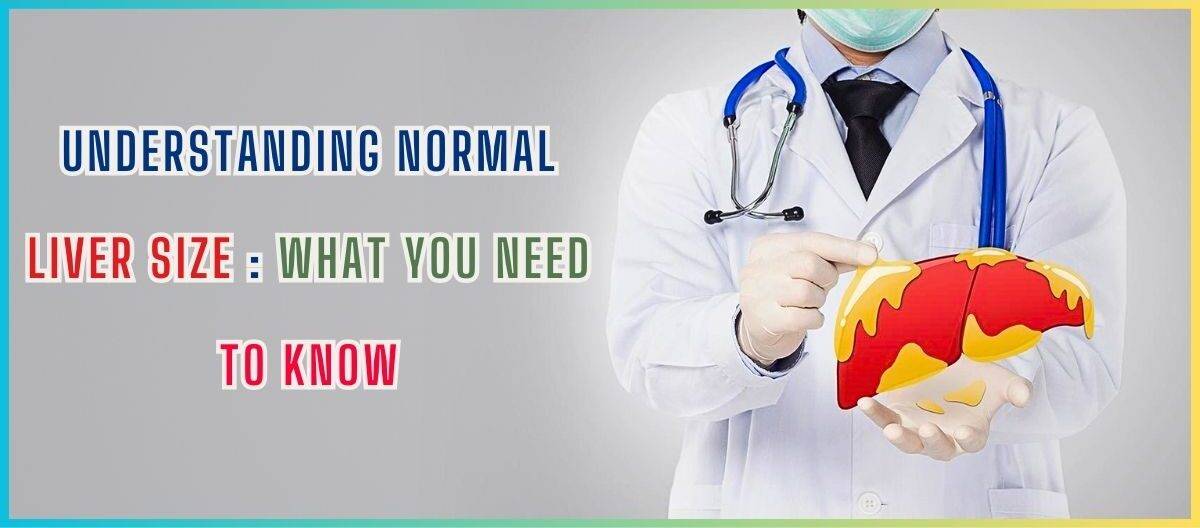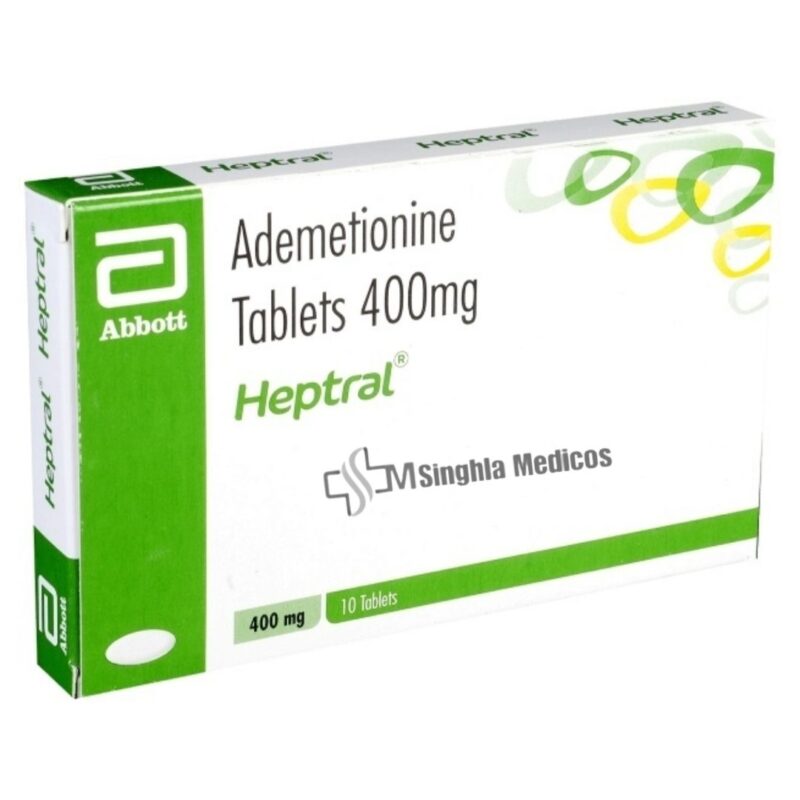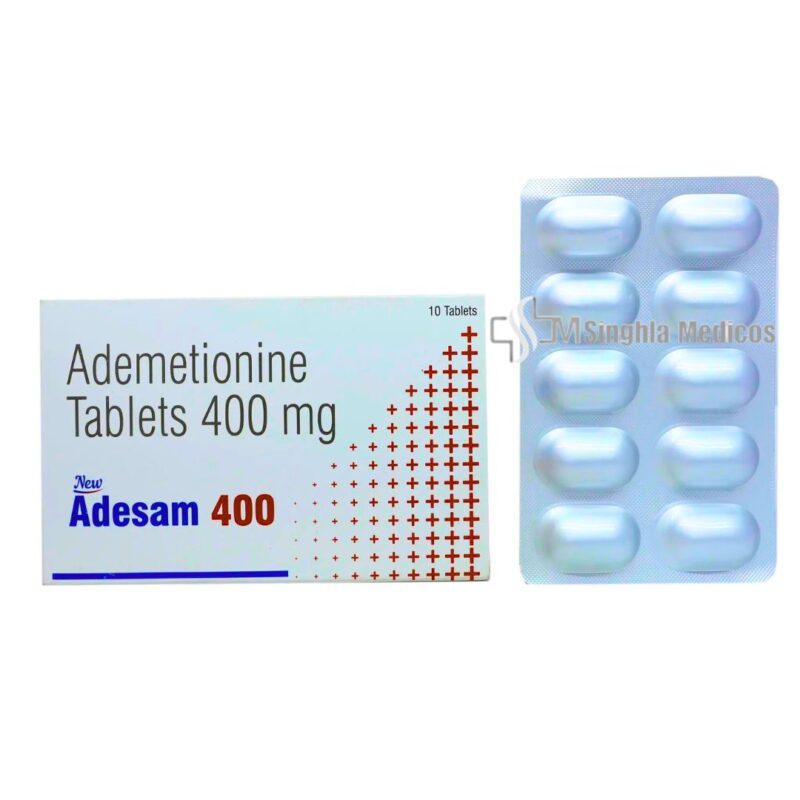BLOG
Understanding Normal Liver Size: What You Need to Know

The liver is one of the most vital organs in the human body, performing essential functions such as detoxification, protein synthesis, and the production of biochemicals necessary for digestion. Understanding what constitutes a normal liver size is crucial for maintaining liver health and detecting potential liver issues early. In this blog, we'll explore the average liver size, factors that can influence its size, and how to ensure your liver stays healthy.
What is the Normal Size of the Liver?
The size of a healthy liver can vary slightly depending on a person's age, sex, body size, and overall health. Generally, the liver is about 15-17 cm (6-7 inches) long in adults and weighs approximately 1.2-1.5 kg (2.6-3.3 pounds). For men, the liver is typically slightly larger compared to women. In children, liver size increases with age and body size, so pediatric measurements are usually compared to age-specific norms.
Factors Influencing Normal Liver Size
Several factors can affect liver size, including genetics, body weight, height, and lifestyle habits. Here are some key factors:
- Body Size and Composition: Larger individuals tend to have slightly larger livers due to the overall increase in body size and organ mass.
- Age: The liver size changes throughout life. It grows during childhood and adolescence and typically stabilizes in adulthood. In older adults, the liver may shrink slightly due to reduced cell number and function.
- Sex: On average, males have larger livers than females. This difference is partly due to the general differences in body size and composition between the sexes.
- Genetic Factors: Genetics can play a role in determining liver size, although the impact is relatively small compared to other factors.
Why Knowing Liver Size is Important
Understanding your liver size can be crucial for diagnosing and monitoring various liver conditions. Abnormal liver size can indicate underlying health issues. Here are some conditions associated with changes in liver size.
- Hepatomegaly: This term refers to an enlarged liver. It can be caused by various factors, including fatty liver disease, hepatitis, alcohol abuse, and certain metabolic conditions. Identifying hepatomegaly early can help in managing the underlying cause and preventing complications.
- Liver Shrinkage: A shrinking liver is less common but can occur in advanced liver disease, such as cirrhosis. In cirrhosis, healthy liver tissue is replaced with scar tissue, leading to reduced liver size and function.3.
How is Liver Size Measured?
Healthcare professionals use several methods to measure liver size. These include:
- Physical Examination: During a physical exam, a doctor can palpate the liver to assess its size and detect any abnormalities.
- Ultrasound: This imaging technique uses sound waves to create a picture of the liver. It's a non-invasive and widely used method to measure liver size and identify any structural changes.
- CT Scan and MRI: These advanced imaging techniques provide detailed images of the liver and can measure its size accurately. They are typically used when more detailed information is needed.
Maintaining a Healthy Liver Size
To keep your liver healthy and maintain its normal size, consider these tips:
- Maintain a Healthy Weight: Obesity is a significant risk factor for fatty liver disease. Keeping your weight within a healthy range can help prevent liver enlargement and associated complications.
- Eat a Balanced Diet: A diet rich in fruits, vegetables, whole grains, and lean proteins supports liver health. Avoid excessive consumption of fatty, sugary, and processed foods.
- Limit Alcohol Intake: Excessive alcohol consumption can lead to liver damage and enlargement. If you drink alcohol, do so in moderation.
- Stay Hydrated: Drinking plenty of water helps your liver function properly by flushing out toxins.
- Exercise Regularly: Physical activity supports overall health, including liver health. Aim for at least 150 minutes of moderate exercise per week.
- Avoid Toxins: Limit exposure to harmful chemicals and toxins, such as pesticides and industrial chemicals, which can damage the liver.
- Regular Check-ups: Regular visits to your healthcare provider can help monitor your liver health and catch any potential issues early.
Conclusion
Understanding the normal size of the liver and the factors that can influence it is essential for maintaining good health. By keeping an eye on your liver size and adopting healthy lifestyle habits, you can support your liver's vital functions and prevent potential health problems. Regular check-ups and imaging tests can provide valuable insights into your liver health, helping you take proactive steps to ensure your liver remains in optimal condition. Remember, a healthy liver is key to a healthy life.
Related product
-
 Heptral 400mg Tablets
Heptral 400mg Tablets
₹1,284.37Original price was: ₹1,284.37.₹1,027.49Current price is: ₹1,027.49. -
 New Adesam 200 Tablet
New Adesam 200 Tablet
₹485.00Original price was: ₹485.00.₹436.50Current price is: ₹436.50. -
 New Adesam 400 Tablet
New Adesam 400 Tablet
₹925.00Original price was: ₹925.00.₹832.50Current price is: ₹832.50.
Breaking Down Chemotherapy How Does It Work and What to Expect
-
Posted by
admin
- 0 comments
9 Types of Injections: Uses and Benefits
-
Posted by
admin
- 0 comments
Understanding and Addressing Disparities in Cancer Treatment Access and Outcomes
-
Posted by
admin
- 0 comments
Top 5 Cancer Hospitals in Odisha
-
Posted by
admin
- 0 comments
Top 5 Cancer Hospitals in Jharkhand
-
Posted by
Rahul Rai
- 0 comments
Breast Cancer Causes Symptoms & Treatment
-
Posted by
admin
- 0 comments
Understanding Normal Liver Size: What You Need to Know
-
Posted by
admin
- 0 comments
The Importance of Cancer Survivorship Programs
-
Posted by
admin
- 0 comments
Thyroid Cancer Symptoms, Causes & Treatment
-
Posted by
admin
- 0 comments
Ovarian Cancer: Causes, Symptoms & Treatment
-
Posted by
admin
- 0 comments
Coping Strategies for Patients and Families Dealing with a Cancer Diagnosis
-
Posted by
admin
- 0 comments
8 Ways Orthopedic Support Enhances Senior Comfort & Mobility
-
Posted by
admin
- 0 comments













